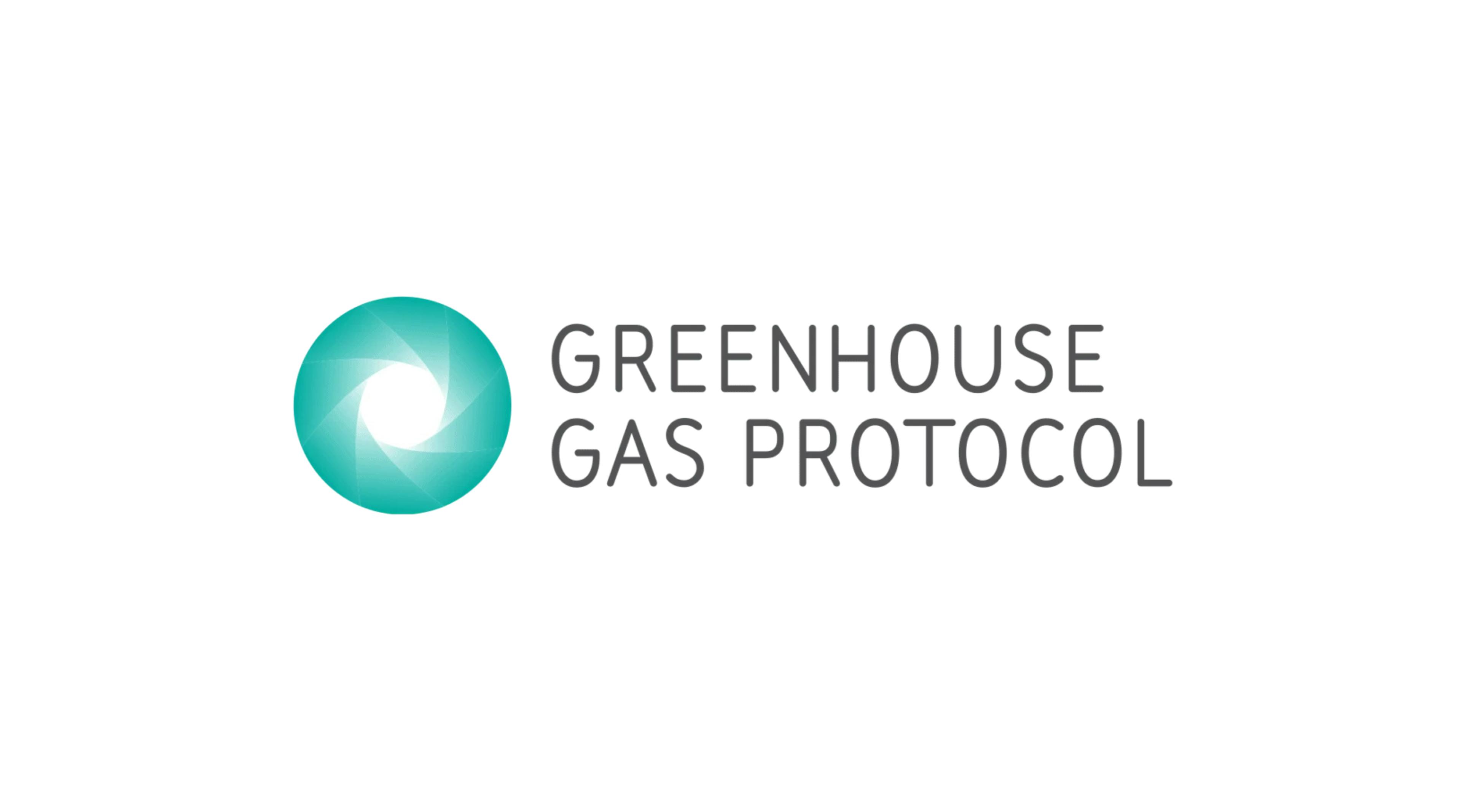Insight · 11 June 2025
The direction of travel – reading between the lines of the GHG Protocol update
In this post, Benedict Shegog explores the latest developments in the GHG Protocol revision process and what they signal for the future of carbon accounting. Drawing on publicly available information from the GHG Protocol’s Scope 2 working group, he outlines the shift toward real-time, location-specific reporting—and what it means for the clean energy ecosystem.

Anyone working in clean energy knows that carbon accounting rules tend to evolve at a glacial pace. But recently, the ice cracked: here we take a look at where the GHG Protocol is heading—and it's much more specific than it used to be.
The final version of the revised Corporate Standard probably won’t arrive until 2027, but the first public draft will be released for comment in October this year. That alone is newsworthy. And if you read the latest Scope 2 Technical Working Group (TWG) minutes closely, the bigger picture starts to come into focus. And that might change everything.

Direction of travel
The Greenhouse Gas (GHG) Protocol is the foundational framework for how companies measure and report their greenhouse gas emissions. It underpins everything from CDP disclosures to science-based targets. But when it comes to Scope 2 (i.e. emissions tied to purchased electricity) it’s been open to interpretation. That’s made it flexible, but also fuzzy. Flexible enough, in fact, that it’s been possible to claim 100% renewable electricity while still using electrons from a coal-heavy grid.
Now that’s changing. In the latest draft discussions, granularity is no longer a niche concern, it’s becoming the rule.
The new draft guidance hasn’t been published yet. From the slides, polls, and working group debates, the signal is clear: we're moving from annualised carbon accounting toward time-stamped, physically aligned reporting. It’s not just a theory anymore. It’s where the market and the regulation are going.

Time matching: the hourly threshold
The May 2025 TWG presentation introduces a two-tier system for the Market-Based Method (MBM) of Scope 2 accounting:
- For consumers with a load above a threshold (likely between 5–10 GWh/year per region): hourly matching of electricity consumption and energy attribute certificates (EACs) will be required.
- Below the threshold: monthly or annual matching may still be permitted.
This is a profound shift. It makes hourly matching not just best practice, but a compliance obligation, at least for larger electricity consumers.
At Granular Energy, we’ve long advocated for this level of precision. We’re building the infrastructure to support exactly this kind of granular temporal matching—because we believe trusted, transparent hourly data is key to a credible clean energy transition.

Geography: same market or bust
In addition to time, the new GHG draft introduces stricter rules on geographic deliverability. EACs must come from the same bidding zone, country, or a demonstrably “deliverable” grid region.
This reflects a growing consensus: if you're claiming renewable energy, it should come from an asset that is physically connected to the same system as the load it's meant to serve.
The TWG’s proposal outlines a decision tree using grid topology, transmission planning regions, and interconnection status to determine what counts as “deliverable.” In practice, that will mean buying certificates that reflect the actual physical electricity system a company operates in—not just the cheapest credits available anywhere.
Legacy and loopholes
There are, of course, carve-outs. Contracts signed before the final rules are implemented will be “grandfathered in,” allowed to report under the old guidance. This gives companies a degree of certainty for existing deals.
There’s also talk of a partial exemption (5–10%) for energy usage that may not meet deliverability requirements—particularly in cases where procurement supports underserved regions or innovative models. While small in volume, these carve-outs create useful space for strategic experimentation.
Why this matters
For Granular Energy, this draft points squarely toward the world we’ve been building for. One where energy procurement reflects not just what was bought, but when and where. Where the numbers in sustainability reports mirror physical reality—not just accounting convenience.
It means:
- Energy suppliers will need to timestamp and trace generation at the hourly level.
- Buyers will need to think about when and where their electricity comes from, not just what it’s labelled.
- Platforms like ours become the critical infrastructure enabling trust, transparency, and compliance in this new model.
The future is already written - sort of
None of this is final yet. The TWG proposals will go out for public consultation. Wording will evolve. Deadlines may shift. But the direction of travel is clear.
If your strategy still relies on annualised Scope 2 figures with no connection to the physical grid, now is the time to rethink. Granularity isn’t a fringe idea anymore. It’s the emerging default. And it’s arriving fast.
Share article